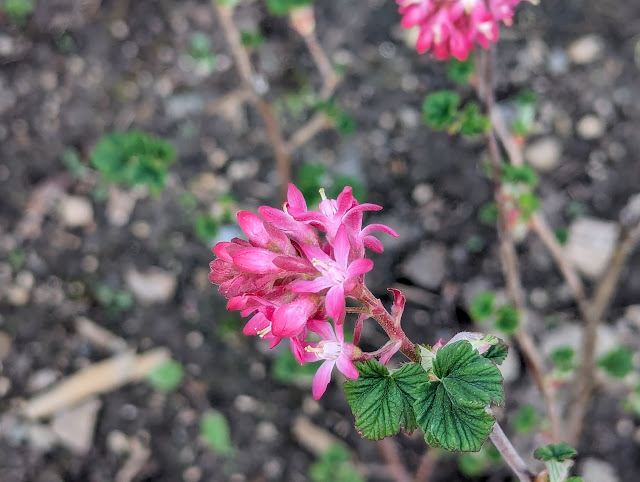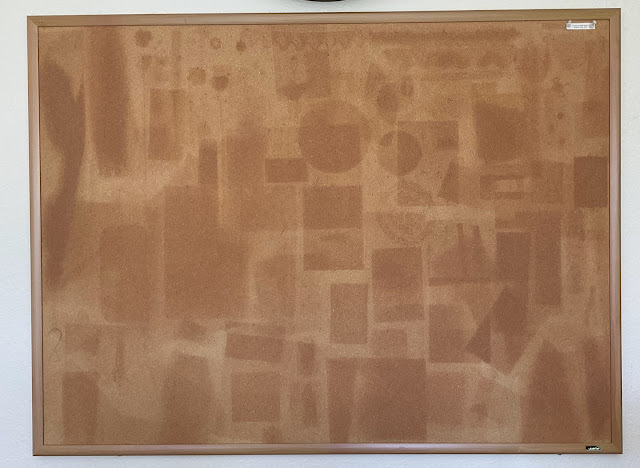When I was a kid I was fascinated by antique dolls. Theirs was the first display case I'd gravitate to in any museum or historical society.
I would trace my enduring interest in old clothes to the clothes worn by the dolls, from professionally produced trousseaux to the best efforts of little girls learning to sew.
One year for my birthday I was given a kit for a 14" tall reproduction china doll and her clothes.
This is a few years earlier than Mark Farmer the kit I was given
These dolls have china heads, lower arms, and lower legs attached to cloth bodies. As I recall, the doll itself went together easily. I also recall that I made her a dress in a blue and yellow cotton-poly floral print with an edging of polyester machine pleated lace. I think I knew even then that it was dreadfully ugly.
At some point in the multiple moves my family and I made through the years, the doll got separated from her clothes and the clothes disappeared, so she's spent the last couple of decades wrapped in blanket in the dolls' carriage, wearing only a pair of drawers. The teddies and the other dolls were very polite about it.
This month I needed a project to distract me from the world, so I decided to take my doll in hand and give her some new clothes.
For sewing the longer seams, my treadle machine is the best tool for the job. It does a 1/8" seam better than any electric machine I've ever owned.
This Singer 201K treadle machine was manufactured in 1945. I made the cat-deterring cover from a cardboard box and some fabric scraps
But mostly it was hand-sewing, which I find restful as long as I can get enough light, so I typically worked only during the day. Some days I needed to use a magnifier, some days I didn't.
A very plain chemise
Hand sewn hem
The doll's china shoulders add a lot of bulk, giving the clothes rather odd proportions. Imagine designing clothing for somebody who would wear it over a football player's shoulder pads.
A petticoat
Part of the fun of a project like this is to use only materials that one has on hand. The fabric for the dress is from scraps I saved from the early1980s. When I bought this fabric, small cities still had locally owned department stores, and these department stores had sewing departments, though these would disappear just a few years later.
The fabric was made by
Cranston Print Works, an old, old New England firm that produced high quality cotton prints for over 150 years before closing in 2009. I still miss them.
Note how similar the Cranston print (on the right) is to the Three Cats fabric (on the left) produced several decades later and based on 19th century printing plates.
It being the chilly season, I thought the doll might like a little extra warmth. Sweaters were impractical for ladies during the nineteenth century when their clothes frequently had very large sleeves. This led to the development of close-fitting knitted garments, not quite shawls, not quite waistcoats, and with names such as hug-me-tight, bosom friend, and sontag.
I finished sewing on the last bit of ribbon the afternoon of Thanksgiving Day. The doll (who has never had a name) is now back in the dolls' carriage, where the teddies are getting just a little bit tired of hearing her brag that she has new clothes and they don't.




.jpg)


















.jpg)
.jpg)














